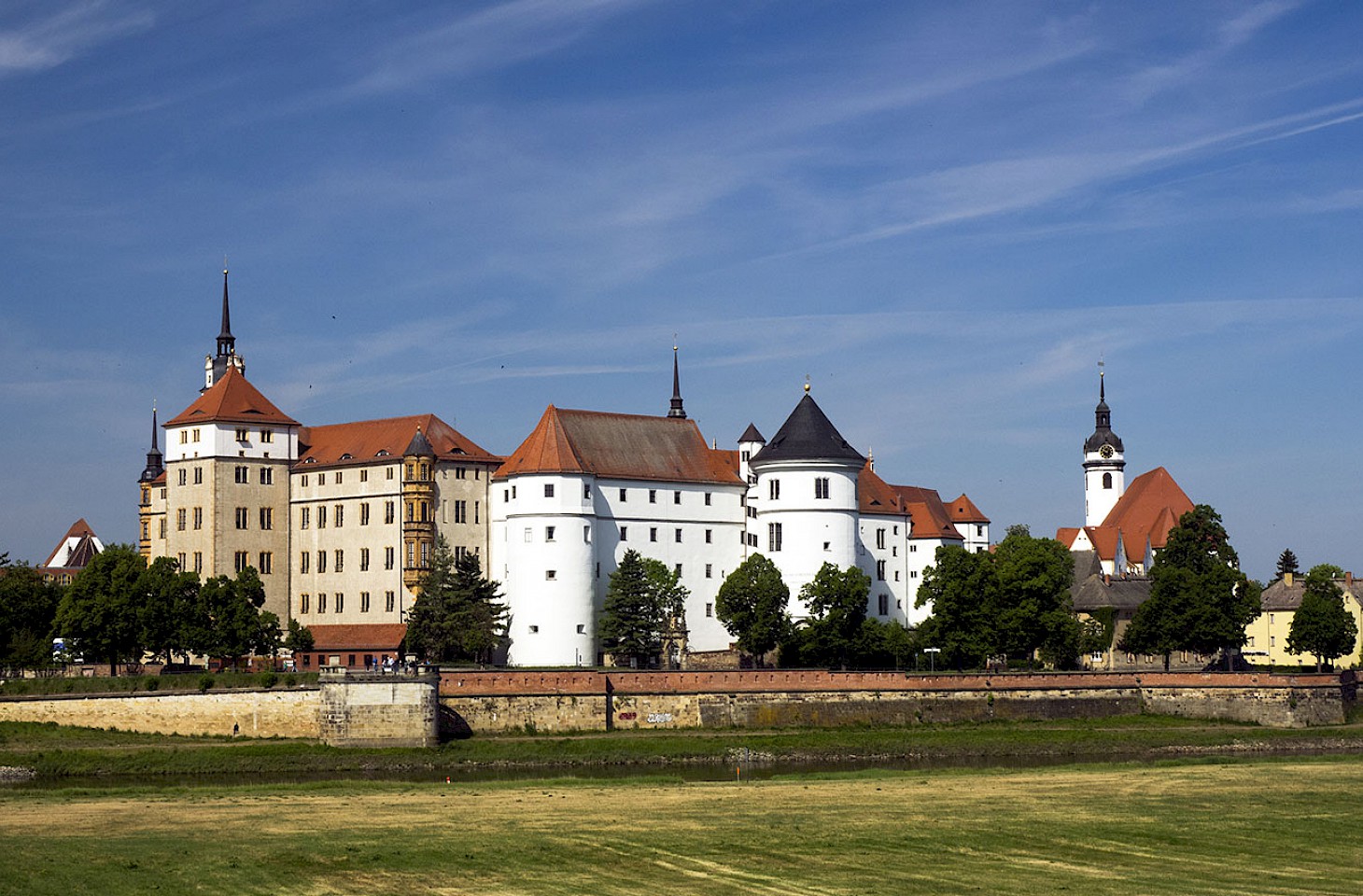Dear fellow travellers
Come with us to Finland. Or rather join us to discover a fragment of Finland in Brazil. Only rarely do we report on communities outside Europe, but let’s make an exception for Penedo.
In the late 19th and early 20th century, communities of Finns settled far from home. In 1868, a group of three dozen Finns accepted an offer of free land in Russia’s newly acquired Amur region and set off by ship to the Far East to create a Finnish commune called Strelok. Several dozen Finns followed the radical playwright and utopian thinker Matti Kurikka to settle in Queensland. Kurikka didn’t stay, but some of his followers did. Other groups of Finns moved to the Caribbean, California and British Columbia. These were all journeys of hope, undertaken by men and women who shared a real commitment to creating a new style of utopian community.
Penedo was one of the most remarkable of these Finnish social adventures. Like many Finnish utopian experiments, it relied heavily on the drive and vision of one person. Toivo Uuskallio was a landscape designer with a real flair for horticulture. With an eclectic agenda around health, religion and the importance of living in harmony with nature, Toivo persuaded a group of vegetarian Finns to sail with him to Brazil. In 1929 they founded an agricultural settlement and called it Penedo. It is located on a run-down estate just west of Rio de Janeiro. It wasn’t the first Finnish utopian settlement in South America: Colonia Finlandesa in Argentina dated from 1906 and Villa Alborada in Paraguay was founded in 1920.
The Penedo settlement was not an attempt to escape Finland. On the contrary, it was a project that sought to find a fuller expression of an egalitarian nature-loving Finland in a warmer climate. The migrants took with them their sauna habit - no longer attended by dips in icy lakes - and their copies of Finland’s national epic, called the Kalevala.
Life surely wasn’t easy for the settlers, but they worked industriously and within a year or two were harvesting crops of maize, tomatoes and yams. Fortunately, there were old citrus groves on the estate, which needed a lot of attention to make them viable again. A better access road was built and four residential blocks were constructed. The original farmhouse was reserved for communal activities.
Penedo survived as a pure horticultural collective for more than a dozen years but from the mid-1930s was running into major financial challenges. In the end the communal way of life was slowly eclipsed as settlers opted to move into one-family houses. And soon people were finding that there was money to be made by offering traditional Finnish hospitality. The collapse in the price of citrus fruits during the Second World War further dented Penedo finances. Penedo’s Clube Finlândia, created in 1943, became a key focal point for continued cooperation and cultural events, but essentially the families that remained ploughed their own economic furrows, focusing more on tourism than on horticulture.
Penedo remains as a sort of Little Finland in Brazil, relying on a staged authenticity that attracts visitors keen to experience a taste of Finland - and in that respect there are obvious parallels with the small surviving Welsh community in Patagonia which these days plays up its Welsh roots to attract curious visitors. Penedo even offers a chance to meet Finland’s most successful export: Santa Claus. So Penedo has swapped utopian ideals for a hefty dose of Finnish-themed capitalism with fake snow. We imagine it’s probably all fairly tacky, but we would be interested in hearing from any of our readers who have been to Brazil and visited Penedo.
Nicky Gardner and Susanne Kries
(editors, hidden europe magazine)




